Gardening in zones with limited sunlight can be a challenge, but it doesn’t mean you have to settle for a drab landscape. Zone 6, with its fluctuating temperatures and rich soil, is home to a variety of exquisite full shade perennials that can transform your garden into a lush sanctuary.
Let’s take a closer look at some of the best options available, along with their unique traits and growing requirements.
Columbine (Aquilegia)
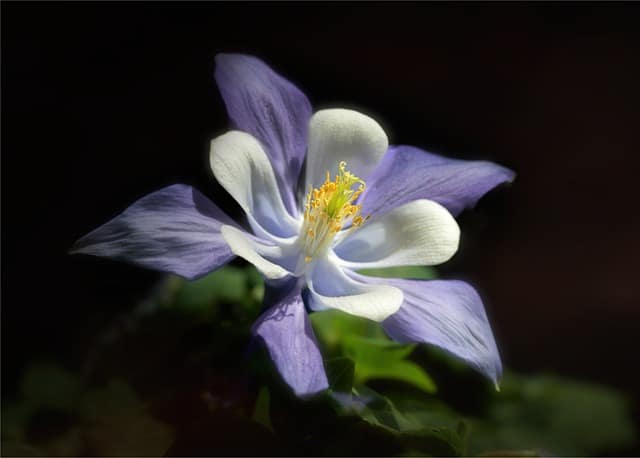
Columbine is a charming perennial known for its stunning, intricate flowers that come in a variety of colors, including blue, purple, red, and yellow. These bell-shaped blooms have a delicate appearance, making them a beloved choice among gardeners looking to add a whimsical touch to their shadier spots.
What makes columbine particularly great for full shade gardens is its adaptability. It thrives in moist, well-draining soil and can withstand partial sunlight but flourishes in dappled shade. Once established, columbine requires minimal care, aside from periodic deadheading to encourage more blooms. It also attracts pollinators like bees and hummingbirds, adding life to your garden.
Hosta
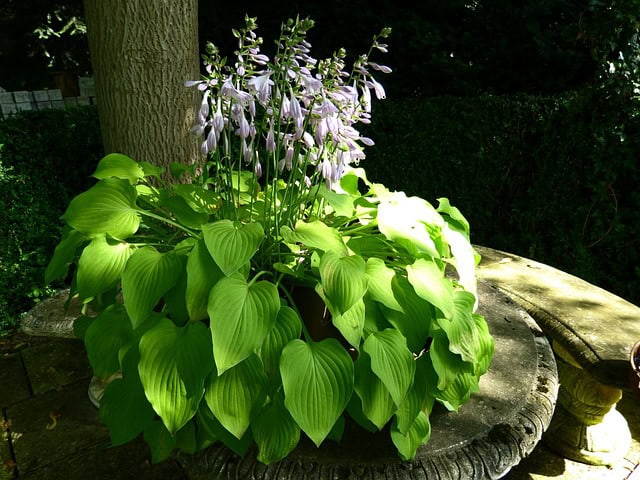
When you think of shade-loving plants, hostas are likely one of the first to come to mind. These stalwarts of the shade garden boast a wide array of leaf shapes, sizes, and colors, from vibrant greens to striking blues and yellows. What’s more, their texture ranges from smooth to ribbed, offering a visual feast throughout the growing season.
Hostas thrive in full shade, making them a reliable option for hidden corners of your garden. They prefer rich, moist soil with good drainage. One thing to keep in mind is that while hostas are resilient, they can attract slugs and snails. Regularly checking and managing these pests ensures your hostas maintain their stunning appearance.
Astilbe

Astilbe is a stellar choice for adding vibrant color to shaded areas with its feathery plumes that bloom in shades of pink, white, red, and purple. These flowers rise above lush, fern-like foliage, creating an eye-catching contrast. Astilbe is not just visually appealing; it also thrives in consistently moist soil, making it ideal for locations near water features or where irrigation is easy to manage.
These perennials love full shade but can tolerate some morning sun. They typically bloom in late spring to early summer, bringing life to your garden just when you need it most. An additional benefit of astilbe is its ability to attract butterflies, enhancing the natural beauty and biodiversity of your outdoor space.
Coral Bells (Heuchera)
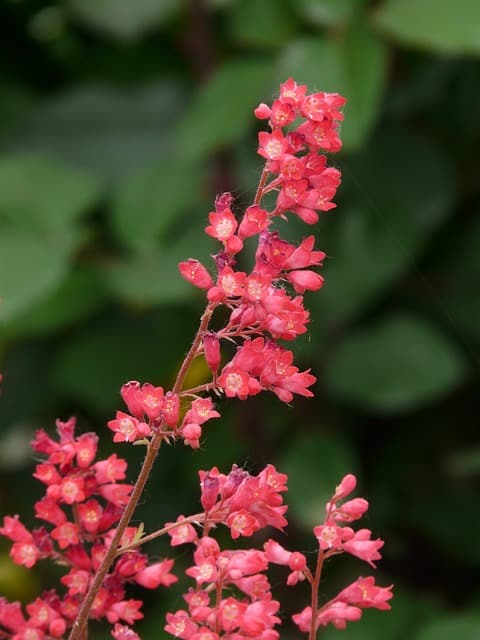
Known for their stunning foliage, coral bells, or Heuchera, add a splash of color to shaded areas that might otherwise feel dull. The leaves come in a multitude of colors, ranging from deep reds to vibrant oranges and playful purples, all while retaining a unique texture. This variety allows gardeners to play with color combinations and create an inviting garden bed.
Coral bells prefer well-drained soil and can thrive in full shade, especially in the cooler zones of a garden. They also produce delicate, bell-shaped flowers that attract pollinators while creating an airy feel amidst the broad-leafed foliage. These perennials are relatively low-maintenance, requiring just the occasional trimming to promote vigorous growth.
Sweet Woodruff (Galium odoratum)
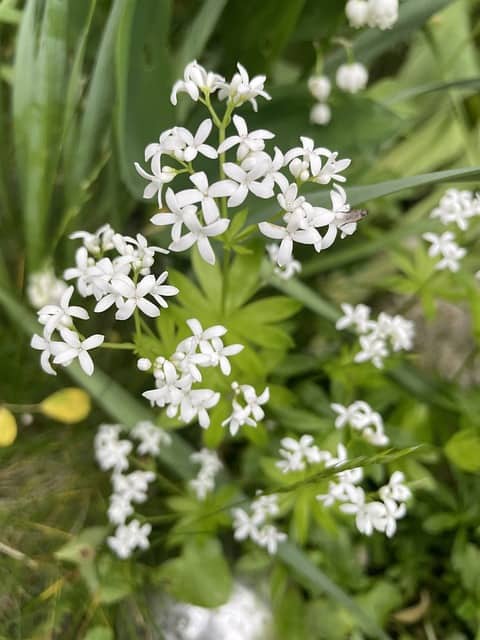
Sweet woodruff brings a delightful fragrance to shady spaces, making it a perfect ground cover option under trees or along paths. With its charming star-shaped leaves and white flower clusters, this plant not only looks appealing but also releases a sweet scent when crushed.
Ideal for full shade, sweet woodruff prefers slightly acidic, moist soil. It has the added benefit of being deer-resistant, making it a solid choice for gardens where wildlife might roam. As a ground cover, sweet woodruff helps suppress weeds and maintain soil moisture, creating a sustainable environment for other plants to thrive.
Lily of the Valley (Convallaria majalis)
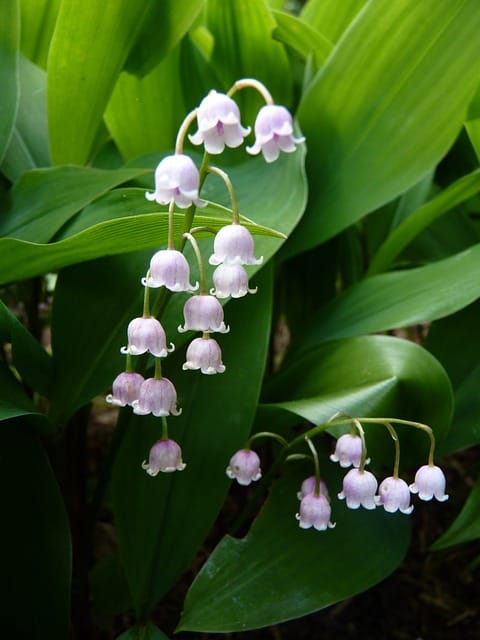
Lily of the valley is a classic perennial with enchanting, bell-shaped flowers that emit a sweet fragrance in the spring. This plant is easy to grow and perfect for full shade, as it thrives in cooler conditions. The deep green foliage provides excellent ground cover, while the white flowers add a touch of elegance and nostalgia to your garden.
Lily of the valley prefers consistently moist, well-drained soil and can spread quickly, so it’s important to monitor its growth to prevent it from taking over desired spaces. Furthermore, it’s vital to note that all parts of this plant are toxic if ingested, making it a less-than-ideal choice in gardens frequented by small children or pets.
Virginia Bluebells (Mertensia virginica)
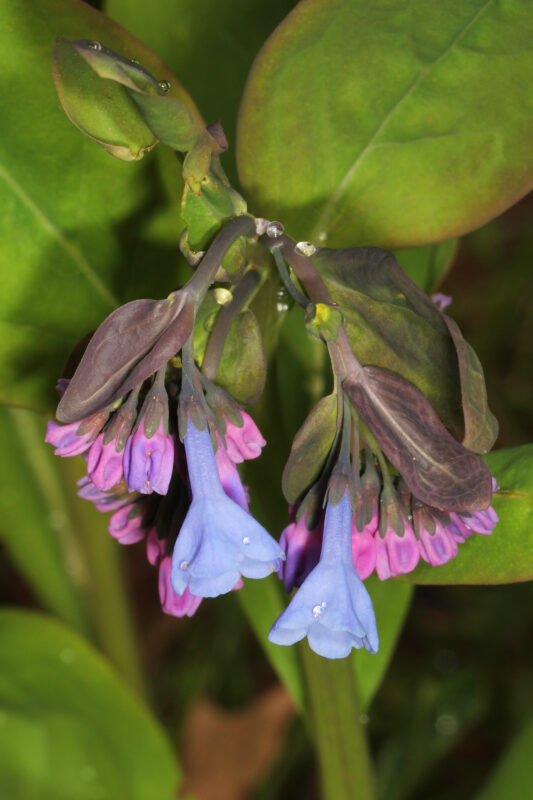
Virginia bluebells are a native plant that truly captures the essence of spring. Starting out with soft, green leaves that emerge from the ground, the plant transforms as it blooms into clusters of sky-blue flowers that create a dazzling display in full shade. Their ephemeral nature means they bloom in early spring and often fade away before the summer heat sets in.
These perennials prefer moist, rich soils and can spread easily, making them excellent for naturalizing in woodland gardens. They attract pollinators such as bees and butterflies, making your garden a buzzing hub of activity while also offering the beauty of seasonal change.
Ferns
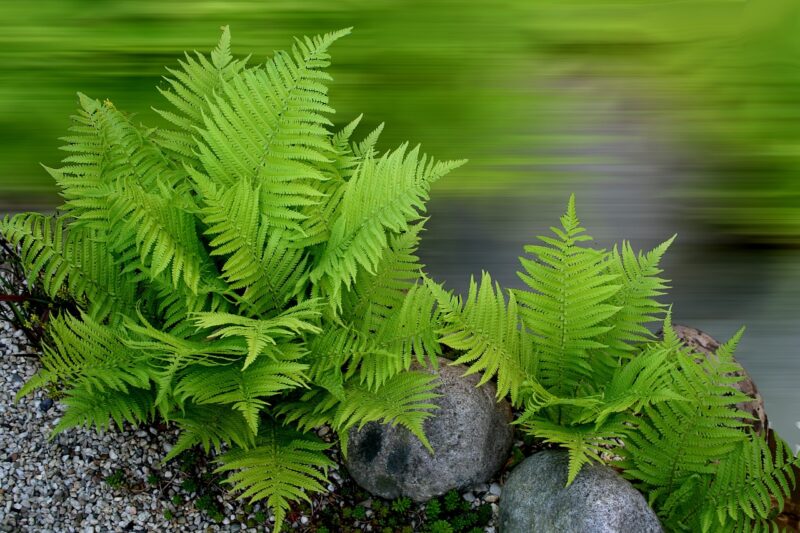
Ferns are the unsung heroes of the shade garden, bringing texture and elegance to areas where many other plants may struggle. With a variety of species to choose from, including lady ferns, maidenhair ferns, and ostrich ferns, there’s a fern for every shadier nook you have. Their fronds create a lush, green backdrop, complementing flowering perennials beautifully.
Ferns are exceptionally forgiving, thriving in moist, well-draining soil and requiring little maintenance once established. They prefer conditions that mimic their native woodland habitats, making them perfect for full shade areas packed with rich organic matter. To enhance their tropical feel, consider combining ferns with other shade-loving plants for a full, layered effect.
Japanese Forest Grass (Hakonechloa macra)
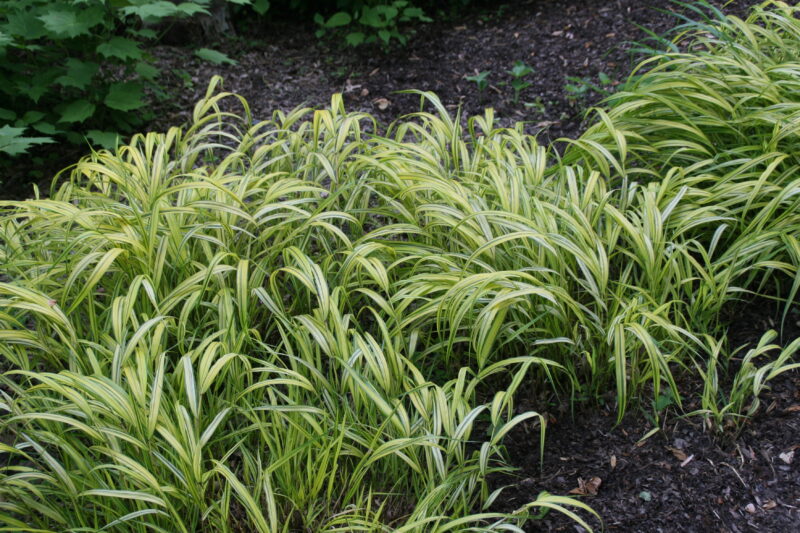
Japanese forest grass is renowned for its graceful arching foliage that can transform even the dullest shade corners into vibrant displays. With its soft, flowing growth habit, it serves as an excellent border or ground cover, helping to soften hard edges in garden design.
Best suited for well-drained, moist soil, Japanese forest grass thrives in filtered sunlight but performs exceptionally well in full shade. Its foliage can brighten a dark area, turning shades of gold and green that catch the light beautifully. One notable aspect of this grass is its ability to create movement, especially on breezy days, which adds an element of life to your garden.
Ligularia
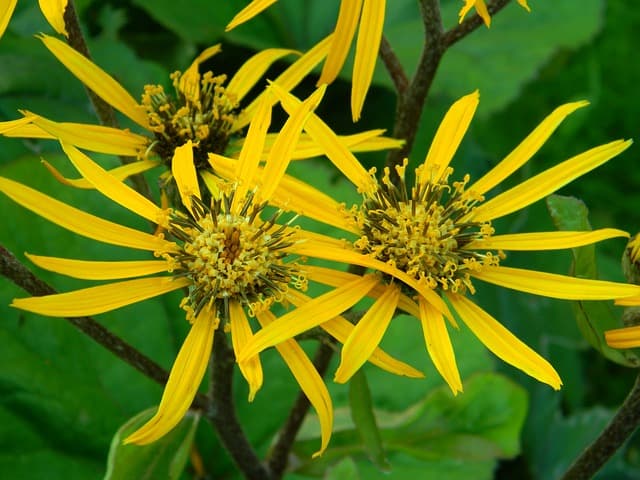
Ligularia is a bold plant known for its dramatic foliage and striking flowers in shades of yellow or orange. The large leaves can provide an eye-catching focal point in a shaded garden, effectively creating depth and interest. In the right conditions—with consistently moist soil and a bit of shelter from the harshest sun—ligularia can thrive and produce stunning blooms that last throughout the summer.
This perennial prefers humus-rich soil and consistently moist conditions. While it thrives in full shade, situating it in a semi-shaded area can also yield positive results, particularly as it allows for more abundant flowering. Ligularia also acts as a natural filter, helping to clear water runoff, thanks to its robust root system.
Bee Balm (Monarda)

While bee balm is often recognized for its love of sunny locations, certain varieties can thrive in partial to full shade. With vibrant flowers that attract bees, butterflies, and hummingbirds, bee balm is an exciting option for adding movement and energy to your shady spaces.
This perennial prefers well-drained soil but is adaptable, allowing it to thrive in varying conditions. Its fragrant leaves bring not only aesthetic appeal but also serve as a natural herb for teas and culinary use. Just be mindful of spacing, as bee balm can spread quite quickly and may require regular division to maintain its vibrant form.
Siberian Bugloss (Brunnera macrophylla)
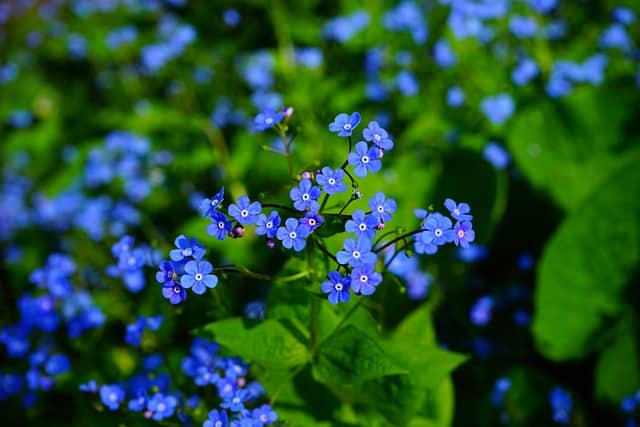
Siberian bugloss, often referred to as false forget-me-nots, is a spectacular addition to any full shade garden. Its large, heart-shaped leaves provide a lush landscape throughout the growing season, and the clusters of bright blue flowers mimic those of true forget-me-nots, adding a whimsical touch in spring.
Ideal for moist, well-drained soils, Siberian bugloss can thrive in full shade and tolerates more sunlight, provided it remains adequately hydrated. It’s an excellent choice for woodland or cottage gardens and can naturally mingle with other perennials, creating a beautiful tapestry of foliage and blooms.
Snowdrops (Galanthus nivalis)
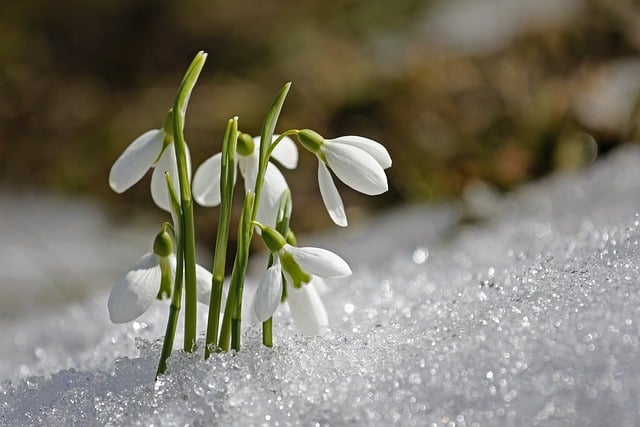
Snowdrops are among the first flowers to bloom in the late winter to early spring, offering a sense of hope as they signal the end of winter. They produce delicate white flowers that pierce through the ground, often appearing even when snow still lingers.
These perennials are perfect for full shade, thriving in moist, well-drained soil. Once established, snowdrops spread quickly, making them a wonderful choice for naturalizing beneath trees or in open woodlands. They are low-maintenance and need virtually no care once planted, allowing their beauty to shine with minimal effort.
Trillium
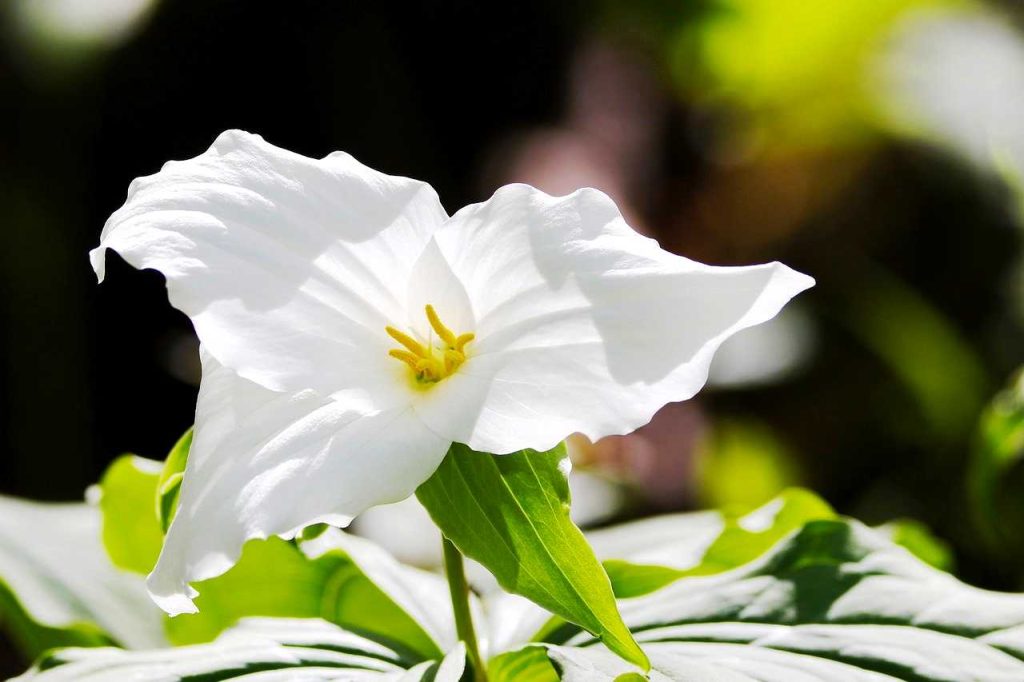
Trillium is a native, woodland-loving perennial characterized by its unique three-petaled flowers. These plants produce stunning blooms in various colors, including white, pink, and red, which appear beautifully against the deep-green trifoliate leaves. Trillium are often found in rich, moist woodlands, making them well-suited for full shade environments.
Growing trillium requires a bit of patience, as they can take several years to bloom. Once established, they can form colonies, providing a stunning display in early spring. They prefer rich, well-draining soil and benefit from being planted beneath deciduous trees where they’ll receive morning sun and afternoon shade.





